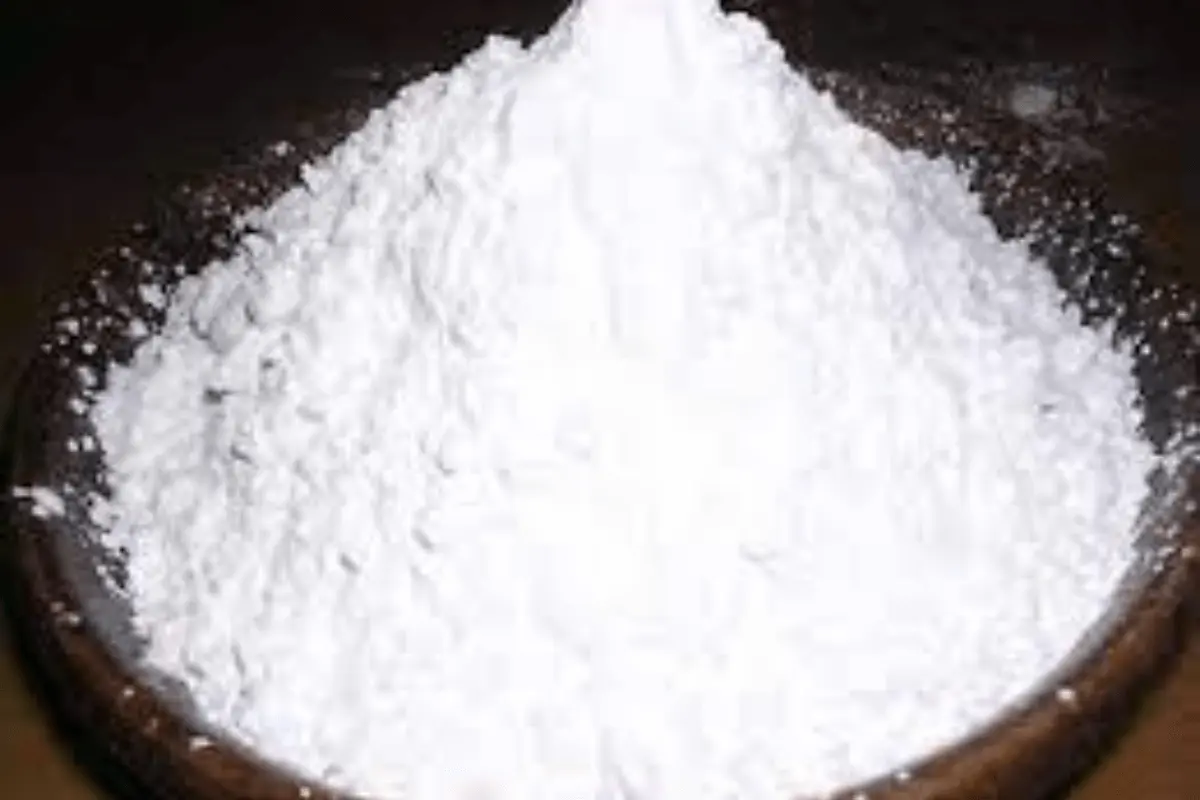Did you know that common items may be used to deter snakes from entering your home? Yes, you heard that right! Lime, a common mineral, is often used as a snake repellent. But what type of lime repels snakes?
No specific variety of lime has been shown in scientific studies to effectively repel snakes, despite widespread belief to the contrary. Although hydrated and agricultural lime is frequently used in this context, neither has shown consistent efficacy in warding off these pests.
So, let’s search and learn about the several kinds of limes that may repel snakes, as well as other possible snake repellants.
Does Lime Really Repel Snakes?
The myth that lime repels snakes must be thoroughly examined to disprove it. Although the biology and behavior of snakes have been widely researched, there is no indication that lime, a common soil supplement, deters snakes. The presence of lime does not stop snakes from being the incredibly adaptable and robust creatures they are. Lime’s acidic nature may make them uncomfortable if they touch it, but it won’t keep them away.
People may misinterpret lime’s ability to modify soil conditions and snake habitats, leading them to believe it has snake-repelling capabilities. Instead of using lime, it’s better to keep your yard clear of debris so snakes don’t have anywhere to hide or food to eat, especially in winter. Therefore, the idea that lime may drive away snakes appears more based on urban legend than reality.
The Myth Of Lime As Snake Repellent
Lime as a snake deterrent is a prominent myth; however, upon closer inspection, it falls apart. No evidence supports this idea, making it seem more like a myth than a zoological fact. Commonly used to improve soil quality, lime has little effect on the preferred environments of these resilient reptiles. Lime’s caustic properties may temporarily irritate snakes upon contact, but they likely won’t develop an aversion to the substance.
The myth about lime’s indirect effect on soil conditions, which may modify snake-friendly ecosystems, has gained widespread traction. Instead, a well-maintained, clutter-free landscape is more successful in discouraging snakes because it eliminates their potential hiding places and food supplies. As a result, the idea that lime may repel snakes is a myth based more on superstition than science.
Types Of Lime And Their Effects On Snakes
Hydrated Lime

According to Powder Technology Volume 195 calcium hydroxide, more often known as hydrated lime, is a caustic chemical that has several applications. Its acidic nature makes it dangerous for many organisms, including snakes, because it may irritate or burn the skin.
However, it has more of a random than the intended effect. In the traditional sense, hydrated lime does not stop snakes from passing through treated areas since it does not alter the snakes’ behavior. Snakes are not deterred by lime since they are adaptable and robust creatures. Lime doesn’t significantly affect their primary motivations, which are to get food, shelter, and security.
Agricultural Lime

According to Agriculture, Ecosystems & Environment Volume 108 aglime, or Agricultural Lime, is a calcium carbonate-rich soil amendment produced by grinding up limestone. Its primary function is to raise the acidity level of soils, making them more suitable for plant growth. Regarding its effect on snakes, likewise, there is no hard proof that Aglime discourages snakes. It is not designed to repel snakes, although it may affect them if it alters soil conditions specifically.
The existence of a snake is more likely to be affected by the proximity of food and safe havens than by the acidity or alkalinity of the ground. Therefore, it looks more like a myth than science that Aglime can repel snakes.
More Lime Types, Their Uses, and Expected Results
| Type of Lime | Applications | How to Use | Expected Results |
| Citrus Lime (Citrus aurantiifolia) | Culinary uses, health benefits | Used in cooking, beverages, or as a nutritional supplement | Enhances flavor, provides vitamin C |
| Quicklime (Calcium Oxide) | Construction, metallurgy | Heated and mixed with water to form slaked lime | Solidifies to create concrete, or aids in metal purification |
| Hydrated Lime (Calcium Hydroxide) | Water treatment, pH adjustment, food preparation | Diluted in water or added to food | Improves water purity, raises pH, improves food texture |
| Agricultural Lime (Calcium Carbonate) | Gardening, agriculture | Solidifies to create concrete or aids in metal purification | Raises soil pH, making it less acidic |
How Do Lime Plants Repel Snakes?
There’s a fine line between fact and urban myth regarding the idea that lime plants can keep snakes away. Citrus aurantifolia, or lime plants, are not believed to have any effect on snakes. As sophisticated animals, snakes are immune to lime plants’ citrusy aromas and repellent characteristics.
Their sensory organs are better suited for picking up on vibrations and temperatures than for recognizing fruity aromas. An incorrect association between lime plants and caustic lime, which may be unpleasant but does not repel snakes, may have led to the belief that lime plants are effective snake repellents. Environments bereft of prey and sufficient refuge are the major deterrents for these reptiles.
Therefore, a well-kept garden and rodent control are significantly more effective measures than depending on lime plants. Therefore, it seems more like a myth than a scientific fact that lime plants may deter snakes.
Are There Homemade Lime Snake Repellants?
Instead of being based on truth, using lime as a snake deterrent is more rooted in myths. Lime, especially hydrated lime, can irritate snakes due to its acidic nature, although it is not a traditional snake deterrent. While lime may deter some snakes, this is not always the case. Food, shelter, and security are a few factors that affect their habitat preferences, but lime has little impact on any of them.
Lime-based homemade snake repellents are ineffective and potentially harmful to other species and even domestic pets since they might disturb the ecological balance. The most effective and humane method of snake control is to keep the yard clear of debris, eliminating hiding places and food supplies. Therefore, the idea that lime juice may be used as a snake repellent is more reflective of urban legend than actual science.
Alternative Snake Repellents
Commercial Snake Repellents
Several different types of commercial snake repellents are available. Most of these products contain naphthalene or sulfur, which is thought to stimulate a snake’s Jacobson’s organ, an important sensory component for navigation. However, investigations into its effectiveness have shown conflicting outcomes.
Some of these compounds may also harm the environment or human health. Because commercial repellents are not 100% effective and may negatively affect non-target creatures and the environment, their use should be carefully considered.
Natural Snake Repellents
However, regarding natural snake repellents, the emphasis is on using eco-friendly materials or methods. Essential oils, such as cinnamon or clove, are a common recommendation, although little evidence supports their use. Eliminating food sources, decreasing hiding spaces, and keeping the yard clean and clutter-free are effective natural tactics. In addition, a snake-proof fence can serve as a real-world barrier.
When combined with knowledge about snake species in the area and their habits, these techniques can greatly reduce the likelihood of unpleasant encounters with serpents while also being more sustainable and less harmful to the ecosystem.
Conclusion
Lime-repelling snakes are more myth than science. Lime, especially hydrated lime, is caustic and can irritate snakes, but it doesn’t change their behavior or habitat preferences. Commercial and homemade lime-based snake repellents have environmental and non-target organism dangers. Natural snake repellents frequently include habitat alteration and are more environmentally friendly. Snakes are critical to our environment, therefore balancing human safety and animal protection is crucial. Understanding local snake species, their behaviors, and their ecological significance can help humans cohabit with these intriguing creatures.
FAQs
References
Tristram O. West, Allen C. McBride, The contribution of agricultural lime to carbon dioxide emissions in the United States: dissolution, transport, and net emissions, Agriculture, Ecosystems & Environment, Volume 108, Issue 2, 2005, Pages 145-154, ISSN 0167 8809, https://doi.org/10.1016/j.agee.2005.01.002.
Fábio A. Cardoso, Heloísa C. Fernandes, Rafael G. Pileggi, Maria A. Cincotto, Vanderley M. John, Carbide lime and industrial hydrated lime characterization, Powder Technology, Volume 195, Issue 2, 2009, Pages 143-149, ISSN 0032-5910, https://doi.org/10.1016/j.powtec.2009.05.017.
